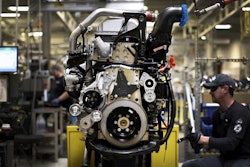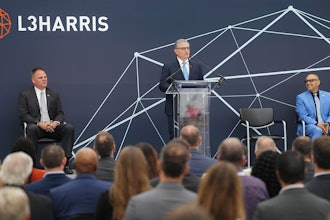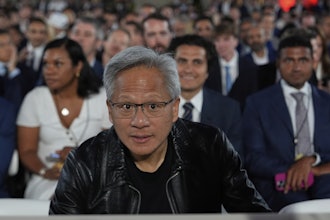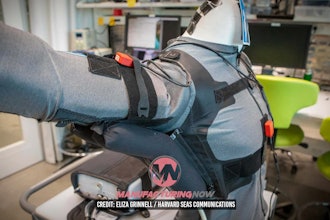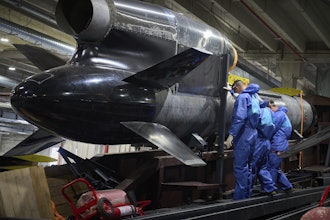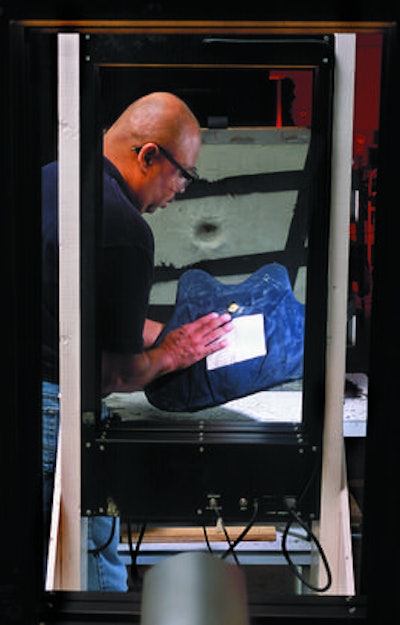
 GE, the NFL, the sports performance brand Under Armour, and National Institute of Standards and Technology (NIST) have launched a new open innovation challenge seeking to protect athletes, soldiers and workers in dangerous jobs from traumatic brain injuries. The challenge will focus on developing advanced materials that can absorb or diffuse impact energy.
GE, the NFL, the sports performance brand Under Armour, and National Institute of Standards and Technology (NIST) have launched a new open innovation challenge seeking to protect athletes, soldiers and workers in dangerous jobs from traumatic brain injuries. The challenge will focus on developing advanced materials that can absorb or diffuse impact energy.
The challenge, which is open to anyone, will award up to $2 million to the most successful participants. Their materials will be independently tested by NIST, which is part of the U.S. Department of Commerce.
NIST will set up a battery of tests and testing protocols for the challenge, says Laurie Locascio, director of the institute’s Material Measurement Laboratory. Locascio is a bioengineer and her lab employs more than 1,000 material scientists, chemists, physicists and other researchers in Gaithersburg, Md., and Boulder, Colo. “We will determine the minimum set of tests required to identify the highest quality materials,” she says.
Locascio says her multidisciplinary team will draw upon extensive experience in materials characterization as well as forensic testing. “We’ve tested protective gear, Kevlar vests and body armor for police officers, for example, to see how they respond to new types of bullets,” she says.

But impact testing is just one tool in NIST’s arsenal. “We also use various imaging and analytical techniques to see what’s happening” inside the material, Locascio says.
Participants can start submitting their ideas now. The challenge will stay open until March 13, 2015.
The new challenge is part of the GE andNFL Head Health Initiative, which plans to invest $40 million in a research and development program focused on new brain imaging technologies to improve brain trauma diagnosis. The initiative also set aside further $20 million for several innovation challenges.
The winners of the first challenge, which looked at improving the diagnosis and prognosis of traumatic brain injuries, were announced in January 2014. The winners of the second challenge proposedexploring innovative ways for identifying and preventing brain injury, including virtual reality goggles, software and accelometers placed behind athletes’ ears.
For more stories like this, visit GE Reports.




